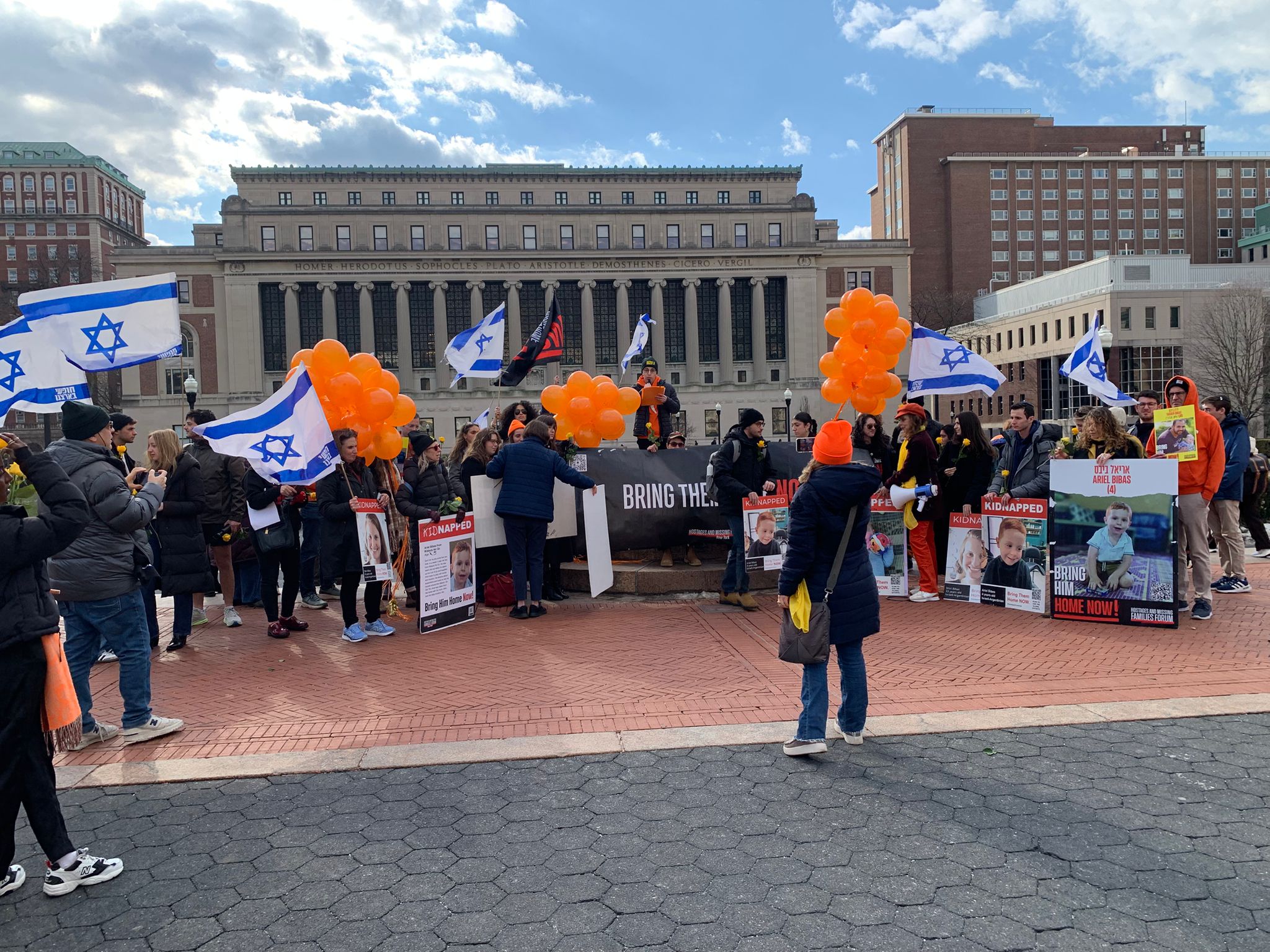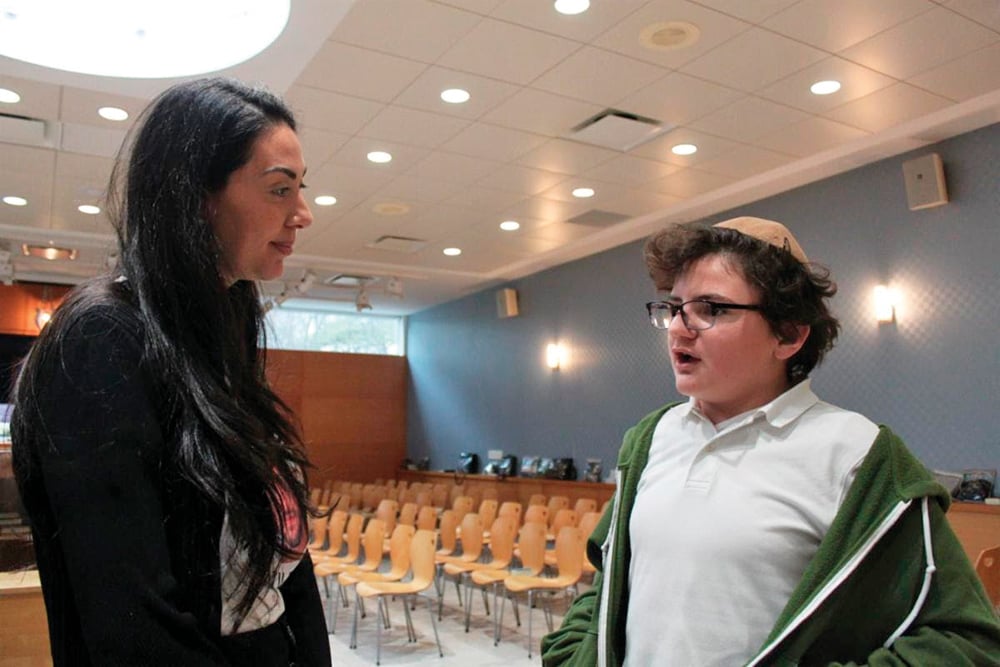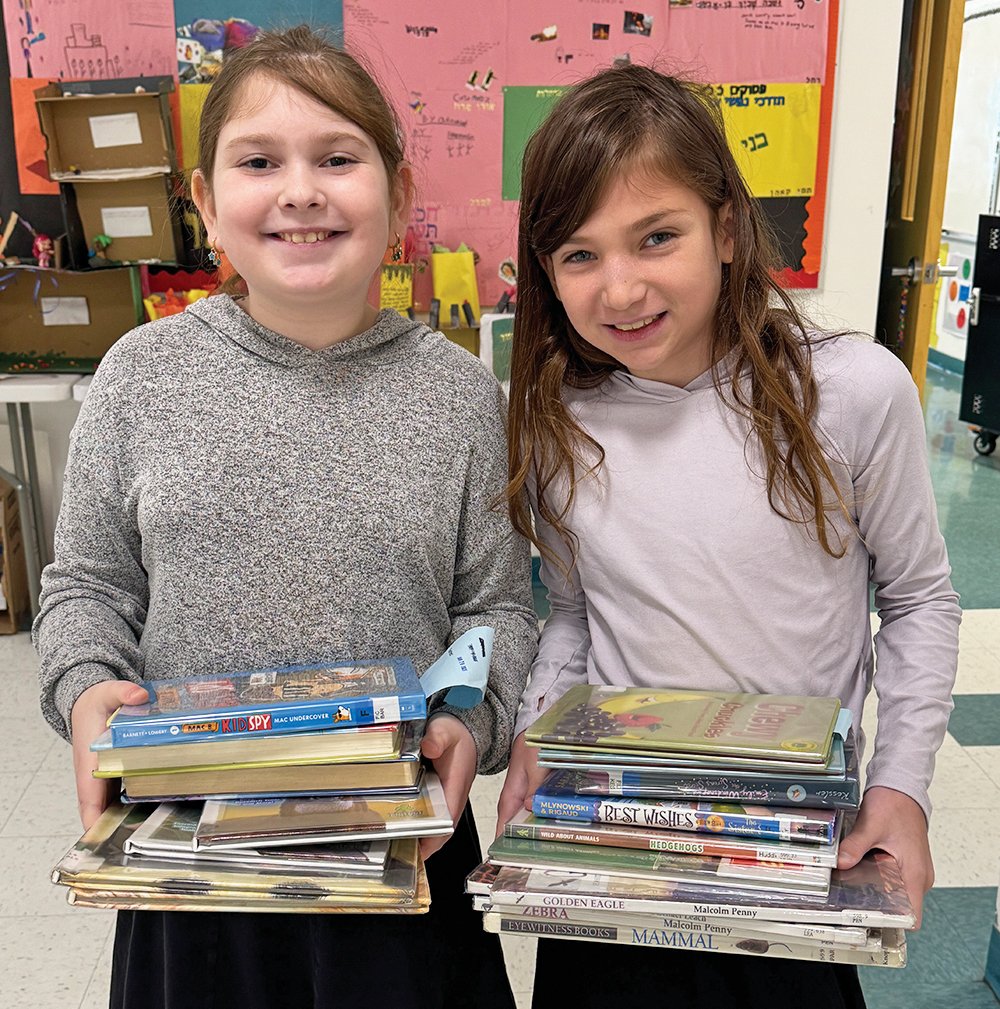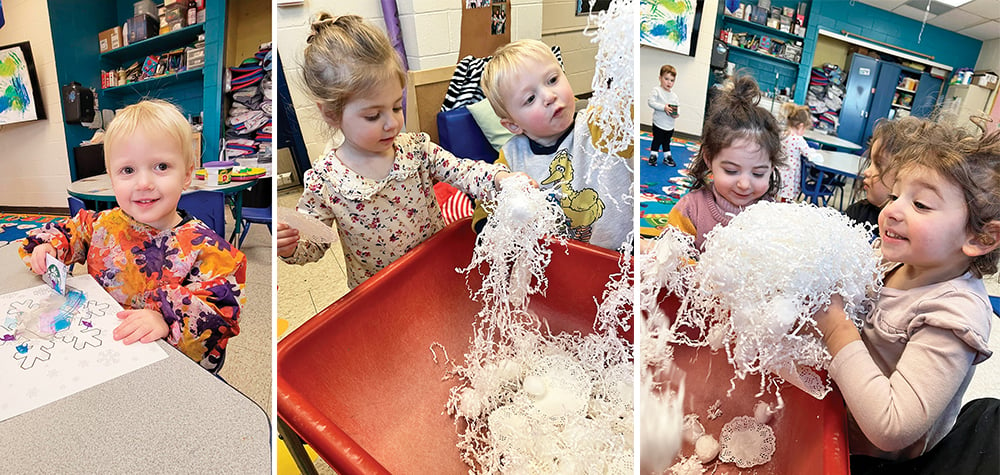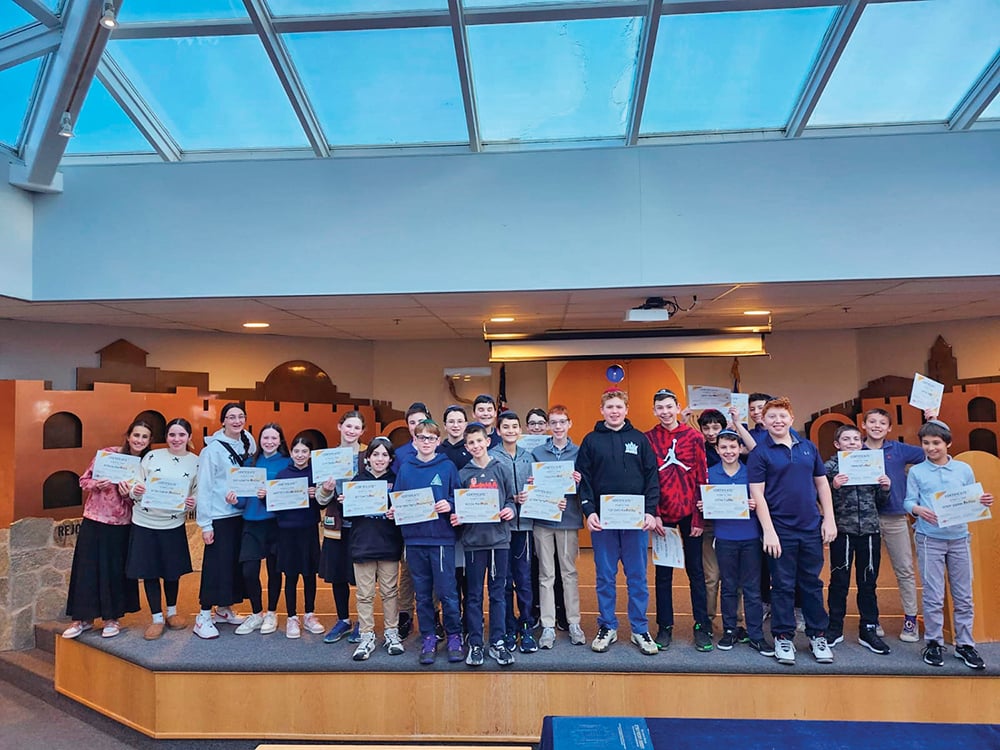Yom HaShoah commemorations began with commemorations in NY in the early 1950s. Since those early days, commemorations on the Sunday after Pesach, timed to coincide with the anniversary of the Warsaw Ghetto Uprising on first Seder night, April19, 1943, have become ubiquitous. Yom HaShoah has become an American obligation, as candles are lit in synagogues, in parks and gardens, state capitols, the national capitol, in high school auditoriums and even cathedrals.
But something has changed. Everywhere, committees organizing these events are running short of candle lighters. At a recent commemoration, candles were left unlit, when in the past, the line of short ladies in black dresses draped in black shawls would fill all the aisles. Last week, a 2G grabbed a candle and lit the 18 wicks for those who were no longer able to light them for themselves.
The survivors are old and many are sick or they are already in Olam Haboh. (Shimon Peres estimated that 1,000 survivors die every month!) Those who cheated the Malach Ha Mahvet so many times can cheat him no longer and they are bewildered. Even their determination does not prevent the passage to the next world. And many are too poor to care or to feed themselves, as they fall through the cracks, all over the world, and their lonely deaths are hastened by neglect and lack of funding to the agencies that are supposed to help them. They, the very visible Holocaust survivors among us, need home care, medications, glasses, teeth and medical equipment like wheel chair ramps, and cannot get what they need. Many don’t even have food. If they cannot get assistance to die with dignity, can you imagine what is happening to the invisible elderly? On cannot help but think about the phrase, Al Tashlicheyni L’et Ziknah – Kichlot Kocheinu Al Ta’azveini – Please do not toss me aside in my old age. When my strength fails, do not abandon me. Our mothers say those words with tears in their eyes on Rosh Hashanah, do they mean anything to younger people?
On Yom HaShoah we remember the six million kedoshim, but it is also time to remember the survivors who are dying and who have taught us so much. We are beholden to them, and we owe them a great deal, not the least of which is to allow them to die with dignity on clean sheets. It behooves us to remember them when we remember the kedoshim. In their honor, we ask our readers to visit www.bluecard.org www.selfhelp.net and www.ujafedny.org/holocaustsurvivors to find out how to make a difference in a survivor’s life.



